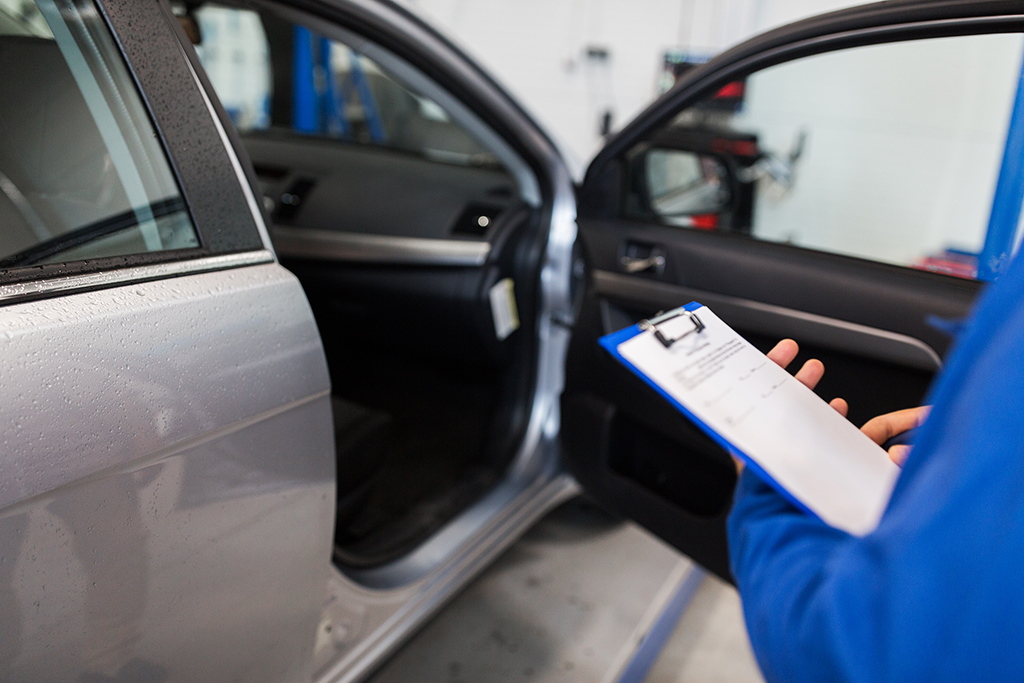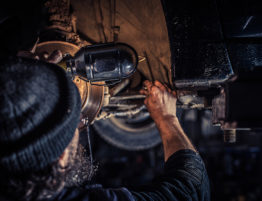
Good car maintenance is essential for a smooth running and more life of our prized possessions. Without a doubt there are automobile service stations to deal with them when they fall debilitated, you at your end can make a lot of efforts for the car’s upkeep and fasten it in time to save time and money. There are five essential tips you can implement yourself and can improve your car’s life:
1. Check Engine Oil
Important to a vehicle’s lubrication system, the engine oil greases up a car’s moving parts, cleans and inhibits corrosion, and furthermore cools the engine via carrying heat far from the parts.
To check engine oil, turn off the car’s ignition. Find the dipstick, if you didn’t know where it is, take the assistance of the owner’s manual and remove the dipstick. Most dipsticks carry the label “engine oil.”
Wipe off any excess oil and after that dip it another time to check whether it comes to the “Full” mark or not. If not then you have to top up oil to come to the “Full” mark. To replace engine oil, choose the item that is already inside your car. Pour in gradually permitting it an opportunity to settle down. After you’re done, replace the dipstick appropriately.
2. Measure Automatic Transmission Fluid
To run a check for an automatic transmission fluid change the transmission lever’s position to Park or “P” position. Find the transmission dipstick, if you don’t know where it takes the assistance of the owners’ manual and after that remove the transmission dipstick. Wipe it and plunge it again to check the levels.
Presently, watch the color of the engine oil. A black an obscure appearance means time for a change. Dark brown or to some degree transparent means you have to change it after some time. Besides the appearance, refer to the owner’s manual also. As a few makers determine the quantity of miles, you can drive before a refill is required.
3. Check Engine Coolant
This is a straightforward procedure: To perform the check simply find the coolant overflow tank and note the levels.
Low coolant level will make the engine overheat, which may cause serious harm to the engine. If the levels between “LOW” and “FULL” markings, at that point it’s OK. If that it’s below the “LOW”, at that point normally a replacement is required.
4. Be Observant
If you need to save money on car maintenance bills then be observant, so you see problems as they rise and you can resolve them all the more effectively, reducing the potential for hefty repair bills. Walk around your car and perceive how it is faring, paying special attention to indications of wear and tear. Inside your car, don’t just watch, but also observe the sound and feel of your car as you drive, as any abnormalities could demonstrate an issue. If warning lights go off on your dashboard– examine the issue immediately– don’t ignore them.
5. Stay up with the latest services
Try not to scrimp on services for your car; it’s a false economy. Owners that don’t stay up with the latest tend to face more significant repair bills at a later date – so don’t go down that route.


